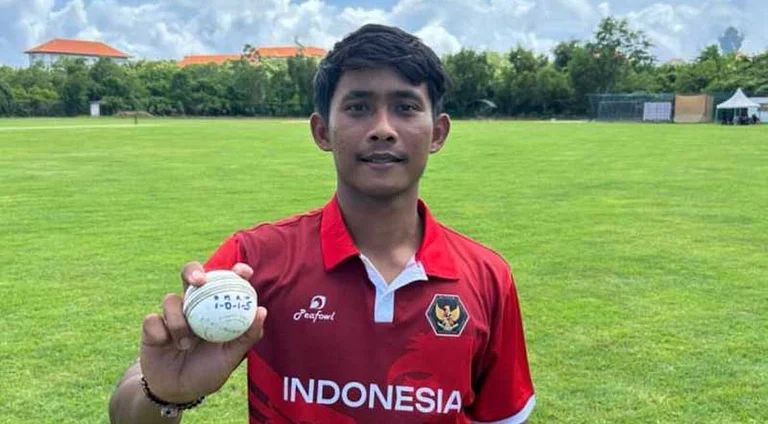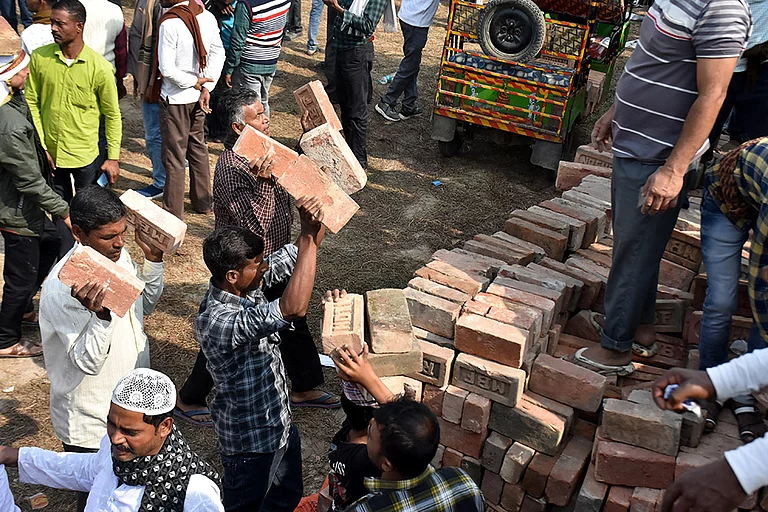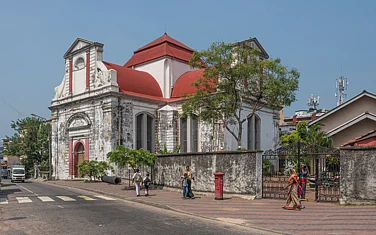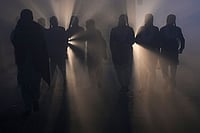Raksha Bandhan, commonly known as Rakhi, is one of the key Hindu celebrations focused on the bond between siblings. The sister celebrates by tying a sacred thread known as Rakhi around her brother's wrist, symbolizing her prayers for him, while he vows to safeguard her. Nevertheless, Raksha Bandhan encompasses more than just symbolism: It is rich with myths, legends, and historical events that add vibrancy to the festival.
History Of Raksha Bandhan
The beginnings of Rakhi can be linked to the Vedic era when the idea of safeguarding was of utmost importance. In those days, the Raksha (protection) ritual was conducted by priests who fastened sacred threads around the wrists of their patrons to shield them from malevolence. This tradition slowly transformed into the contemporary Raksha Bandhan, where sisters carry out the ceremony for their brothers.
These Vedic traditions are additionally enhanced by numerous myths and tales that emphasize the profound cultural and spiritual importance of the festival Raksha Bandhan. In addition to these well-known stories, the festival also includes a variety of unique customs and rituals that make the celebration even more special.
Myths and Legends of Raksha Bandhan
Krishna and Draupadi
A significant narrative linked to the festival involves Lord Krishna and Draupadi, the spouse of the Pandavas. In a different case, there is a tale that while Krishna was slicing sugarcane, he inadvertently hurt his finger. When Draupadi saw blood, she swiftly grabbed a piece of her sari and placed it on his wounded finger to serve as a bandage. In appreciation for this kindness, the boy, Krishna vowed to protect her during times of peril.During Draupadi's disrobing in the Kaurava court, Krishna miraculously fulfilled his vow by giving her an infinite sari, preserving her dignity..
Rani Karnavati and Emperor Humayun
Another historical story associated with Rakhi is the story of Rani Karnavati of Mewar kingdom who tied Rakhi to the Mughal Emperor Humayun. The King of Gujarat, Bahadur Shah, was reportedly advancing preparations to invade Mewar; the Queen Regent of Mewar Rani Karnavati therefore, tied a rakhi to Humayun seeking his protection. Humbled by the kindness shown by her, Humayun without any delay moved out with his men to fight for her kingdom. Although he could not reach in time to prevent the invasion, this act symbolized the powerful bond of protection and respect that transcends religious and cultural barriers.
Lakshmi and Bali
In the Bhagavata Purana and Vishnu Purana, after Vishnu conquers King Bali and seizes the three 'loks', Bali requests Vishnu to reside in his abode. Without his wife, Goddess Lakshmi, Lord Vishnu was forced to descend from his heavenly abode in the sky to the earthly realm. The Goddess assumed this shape and traveled to Bali’s realm, seeking shelter until her husband was restored to her. Goddess Lakshmi, as Vishnu's consort, is unhappy with this circumstance.
During Shravan Purnima, she tied a Rakhi to Bali, designating him as her brother. Touched by the gesture, Bali fulfills her wish. She begged the king to spare her husband Lord Vishnu. King Bali was moved by her care for her husband and family and happily asked Lord Vishnu to depart. This might be the reason this festival is frequently referred to as ‘baleva,’ symbolizing King Bali's love and dedication to his sister, Goddess Lakshmi.
Raksha Bandhan Muhurat 2025
This year, Raksha Bandhan will be celebrated on Saturday, August 9, 2025. The most auspicious time to tie the Rakhi is during the Aparahna Muhurat, which is traditionally observed in the late afternoon. However, in 2025, the ideal window for the Rakhi ceremony is from 5:47 a.m. to 1:24 p.m., offering a generous duration of 7 hours and 37 minutes. Notably, the inauspicious Bhadra period ends before sunrise, making the entire Raksha Bandhan morning Shubh (auspicious) for the ritual. Sisters should aim to tie the Rakhi during this timeframe to honor the festival's traditions and seek blessings.
Raksha Bandhan should not be seen merely as a tradition, but rather as a genuine demonstration of love and guardianship among siblings. Thus, demonstrating that the ideas of the festival have their roots in mythological history and continue to hold considerable relevance in the contemporary context of Indian society. Consequently, every story related to Rakhi will allow the listener or reader to value and understand the significance of the tie, unity, protection, and the relationship between siblings.
Frequently Asked Questions About Raksha Bandhan
Q1: What is the significance of Raksha Bandhan?
A1: Raksha Bandhan symbolizes the bond of protection and love between siblings, reinforced by mythological stories and historical events.
Q2: Who was Rani Karnavati and what is her connection to Raksha Bandhan?
A2: Rani Karnavati tied a Rakhi to Emperor Humayun seeking protection from an invasion, symbolizing the festival’s message of unity beyond religion.
Q3: When is the best Muhurat to tie Rakhi in 2025?
A3: The ideal Muhurat on August 9, 2025, is between 5:47 a.m. and 1:24 p.m., as this time is considered auspicious for the ritual.



























